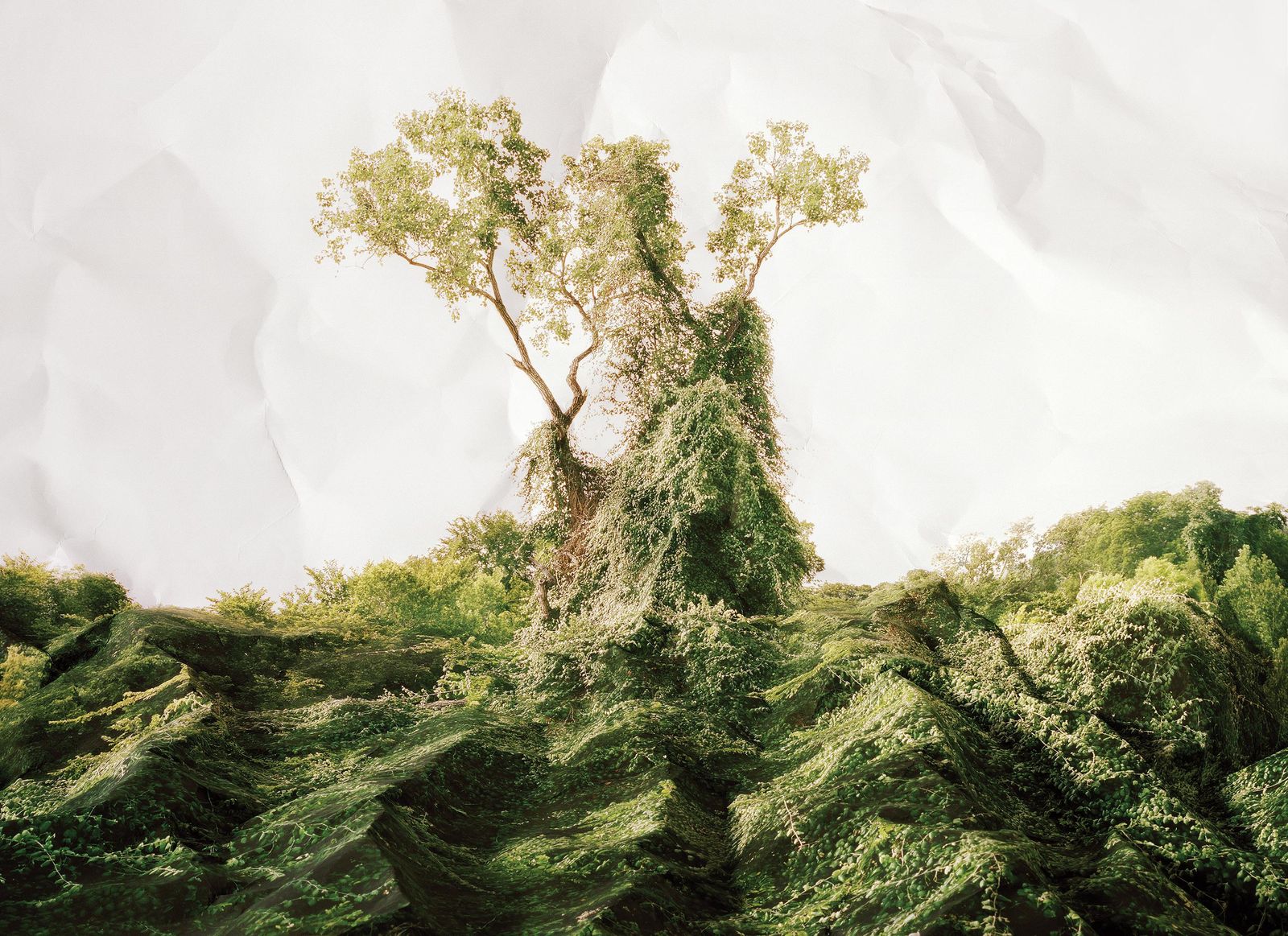- cross-posted to:
- [email protected]
- cross-posted to:
- [email protected]
TL;dr - cows and an imported bug keep it down.
Better tl;dr, its growth was largely mythologized because it was seen as a potential dust bowl solution. The myth survived because it does incredibly well in sunny places, such as along roadsides, but does far more poorly in shady forests.
So wherever you drive, you can see kudzu consuming “everything” but just beyond that wall of green, it quickly tapers out.
Edit: I will say, the article is really great and worth a read on its own merit.
Interesting article, thank you for sharing.
Why do we think it’s pervasive and unstoppable? Radio, books, and other media.
In news media and scientific accounts and on some government websites, kudzu is typically said to cover seven million to nine million acres across the United States. But scientists reassessing kudzu’s spread have found that it’s nothing like that. In the latest careful sampling, the U.S. Forest Service reports that kudzu occupies, to some degree, about 227,000 acres of forestland, an area about the size of a small county and about one-sixth the size of Atlanta. That’s about one-tenth of 1 percent of the South’s 200 million acres of forest. By way of comparison, the same report estimates that Asian privet had invaded some 3.2 million acres—14 times kudzu’s territory. Invasive roses had covered more than three times as much forestland as kudzu.




